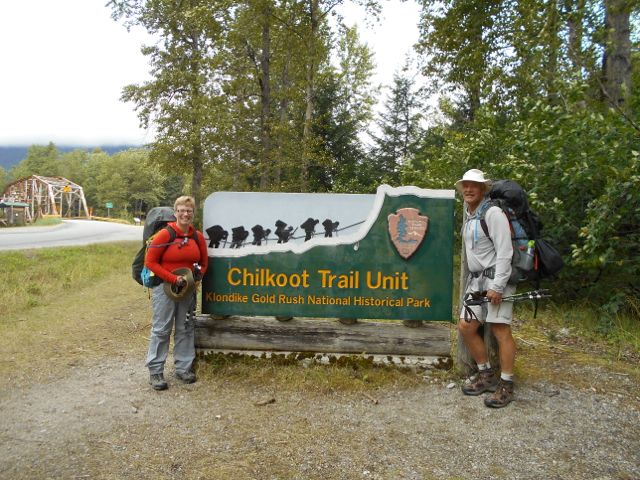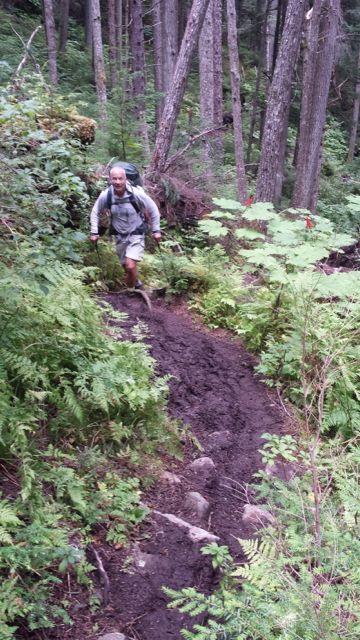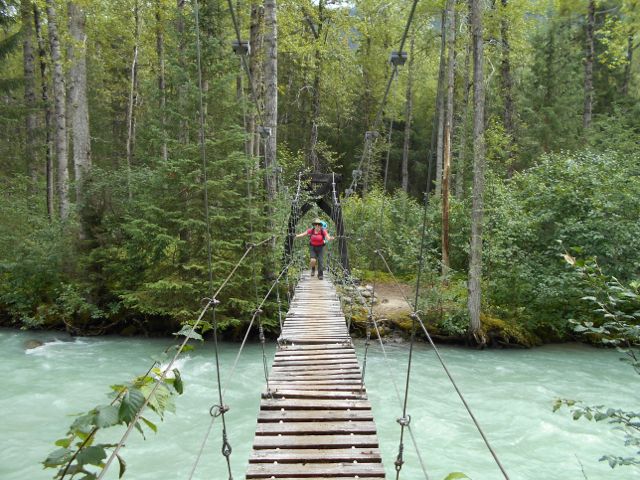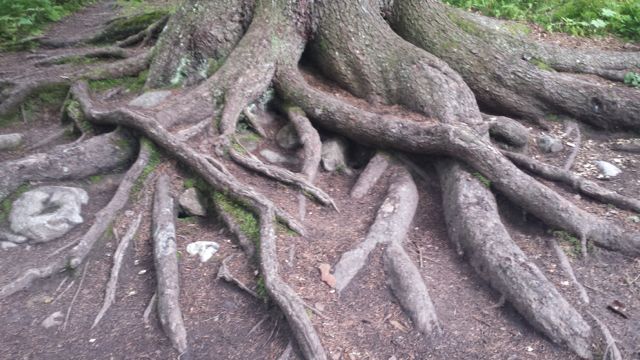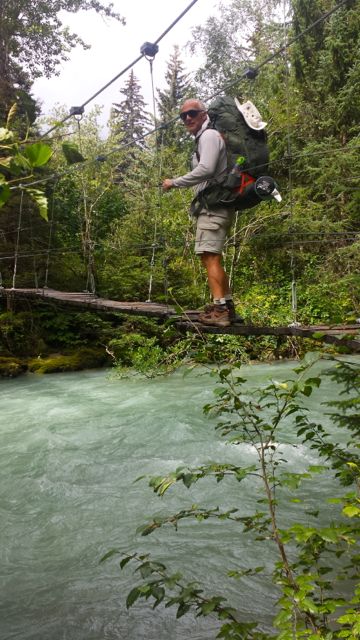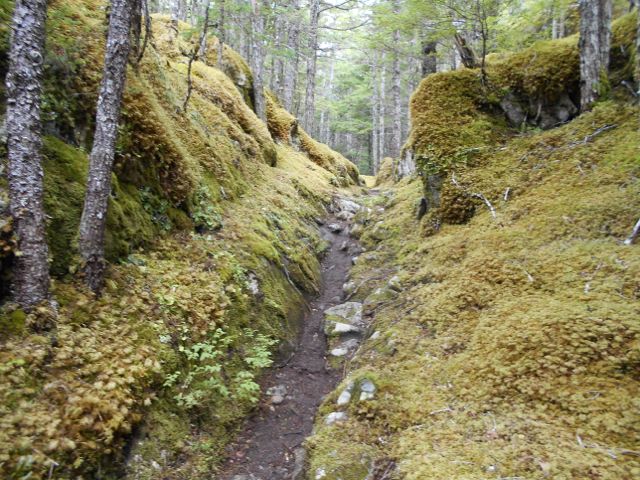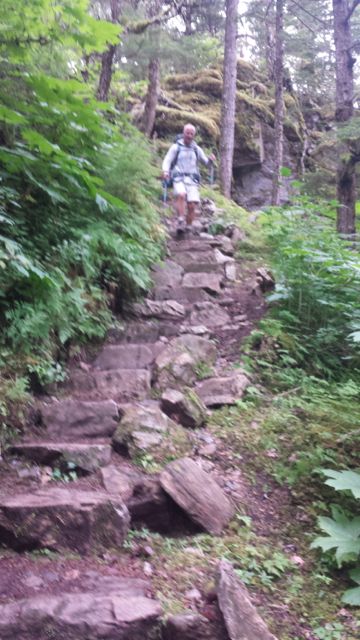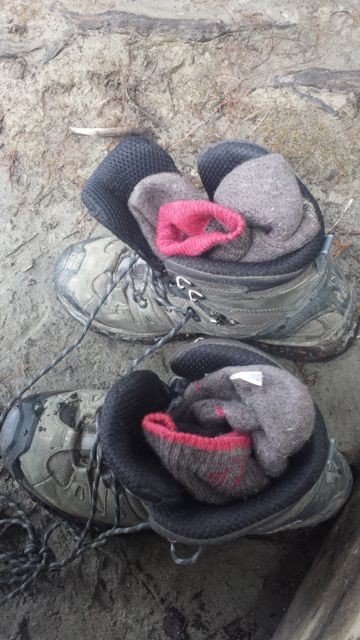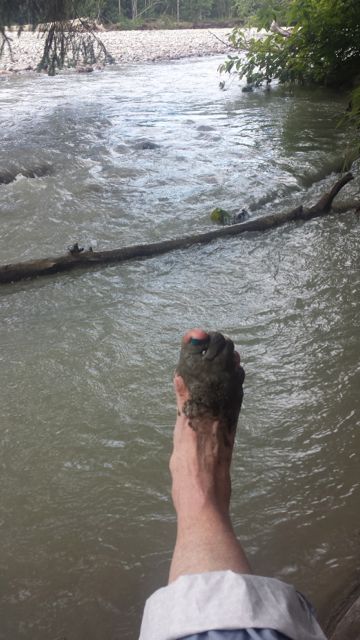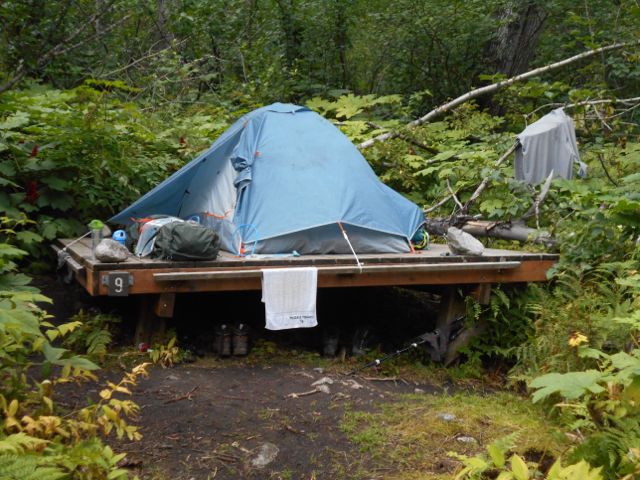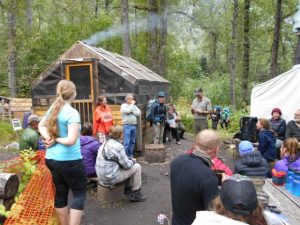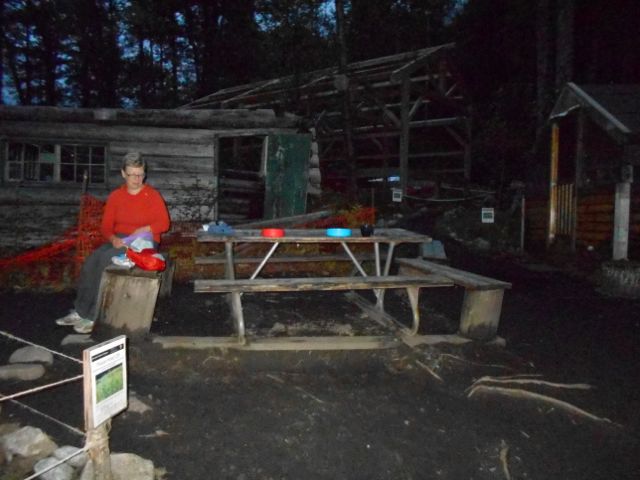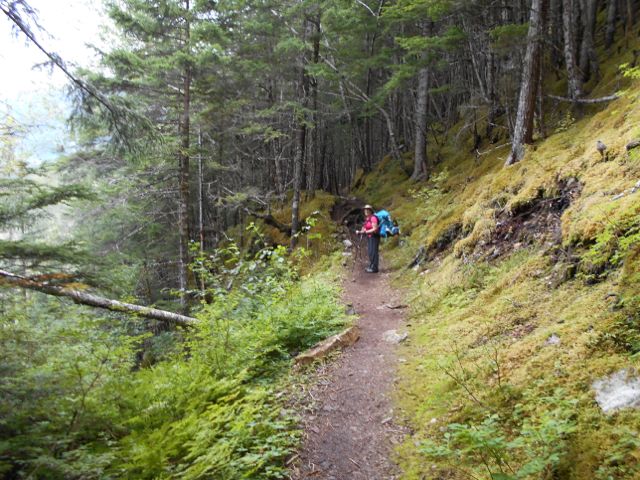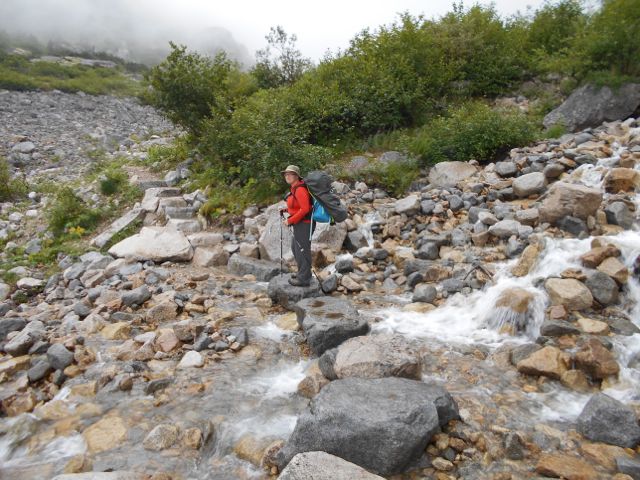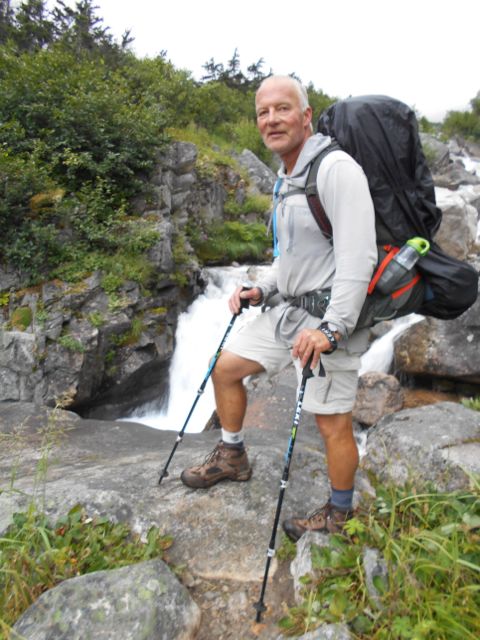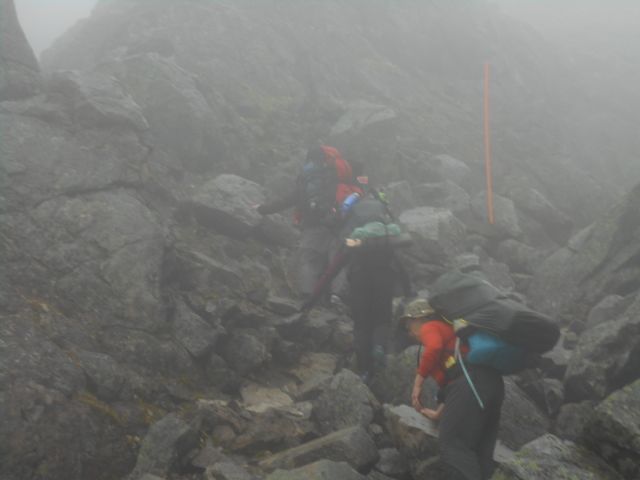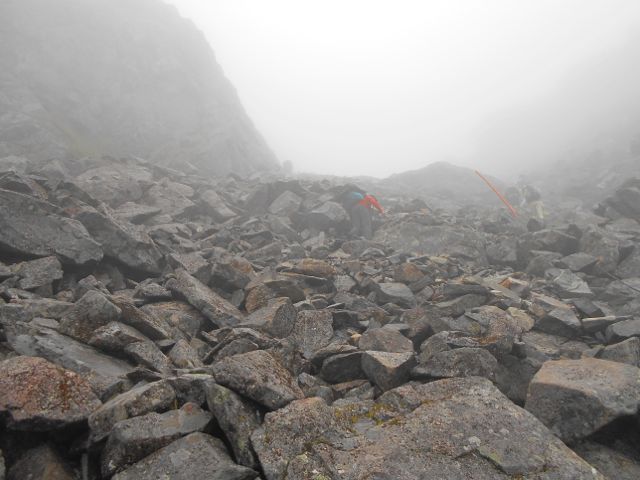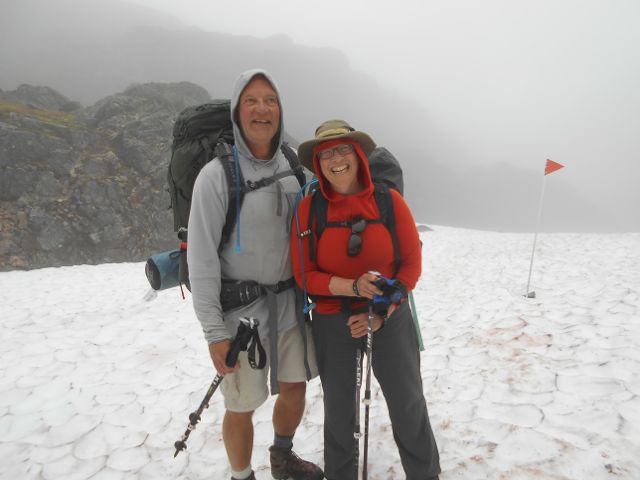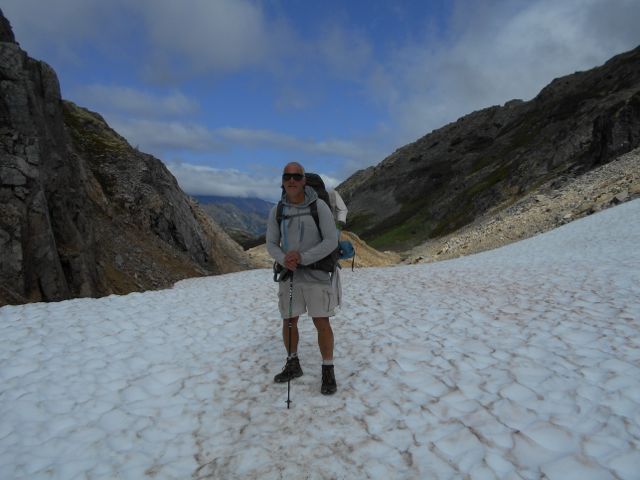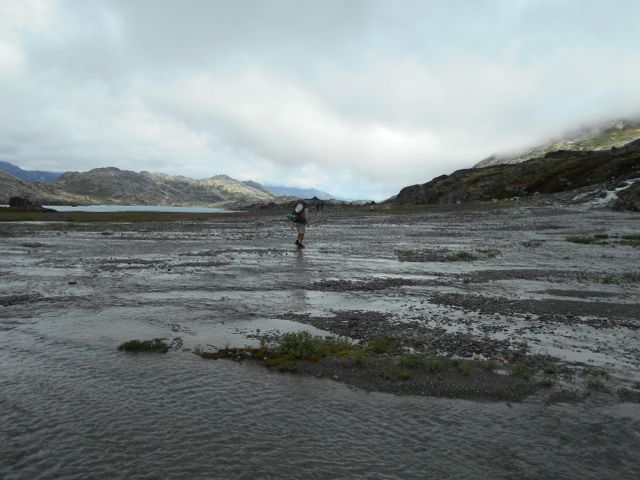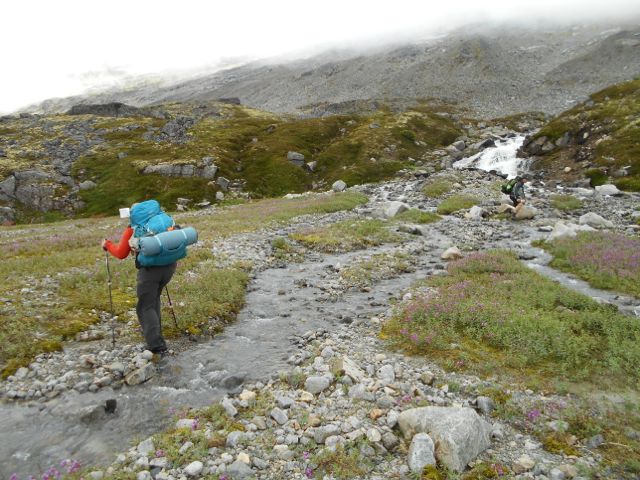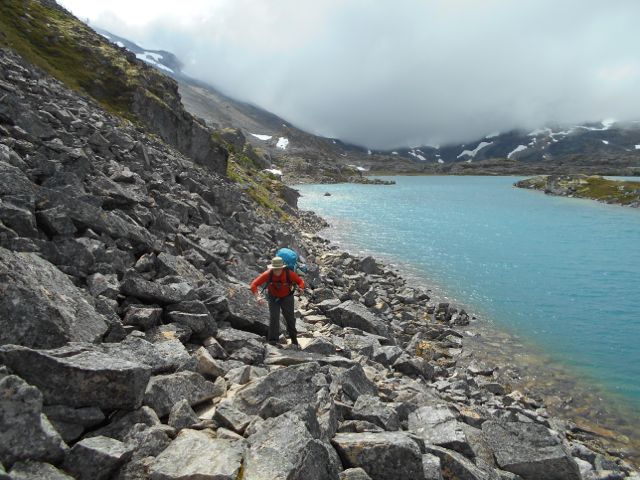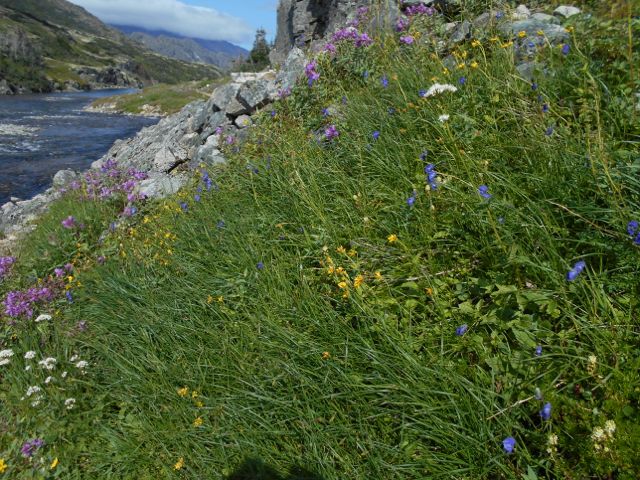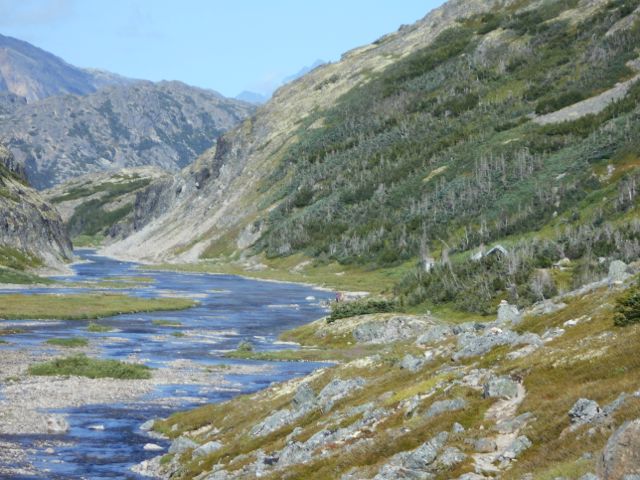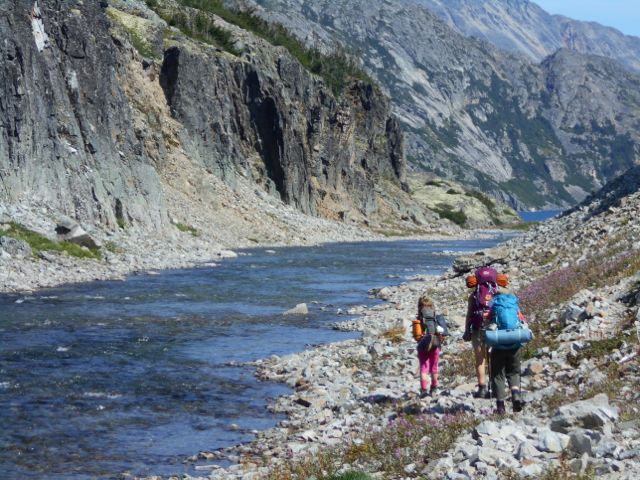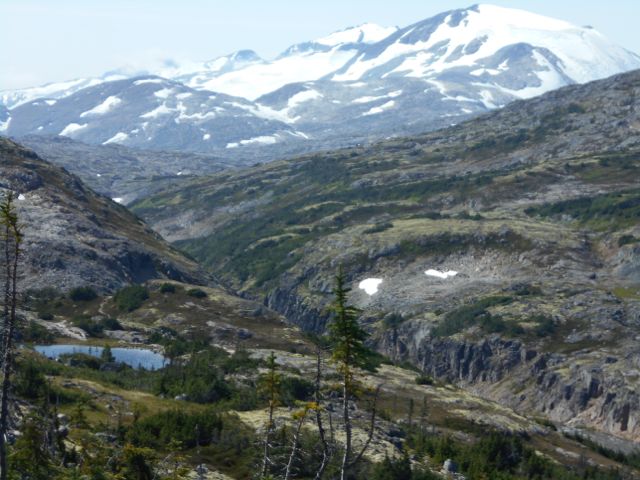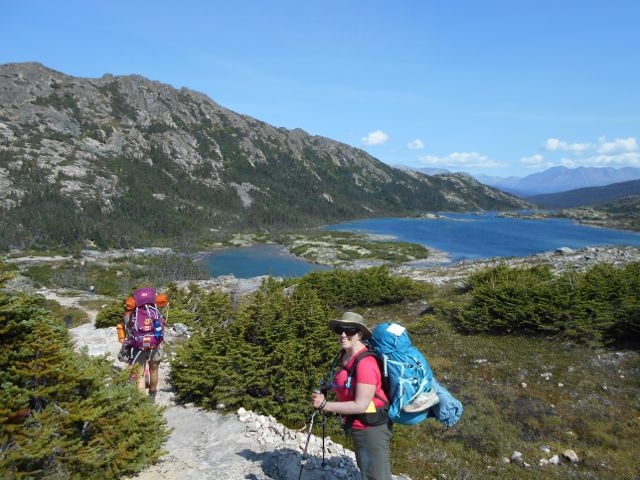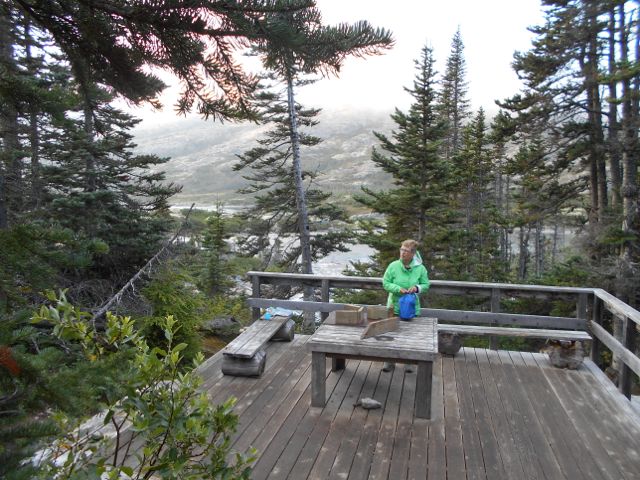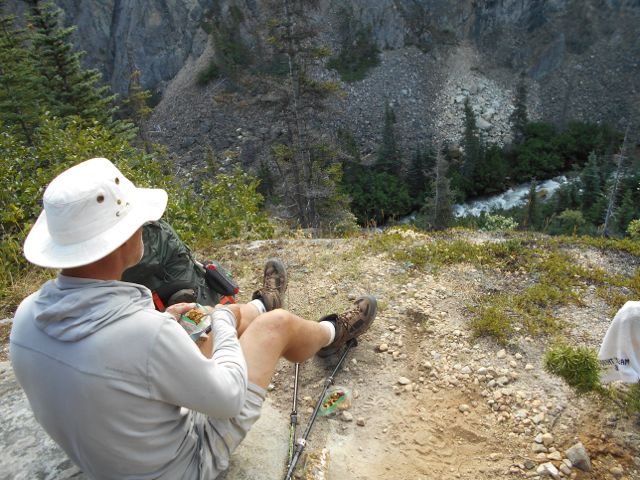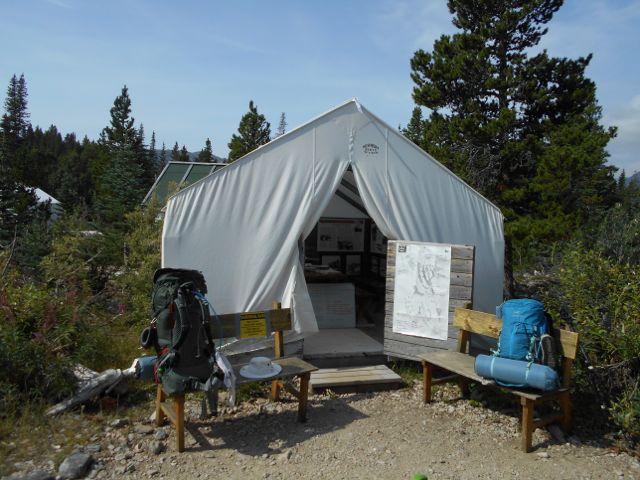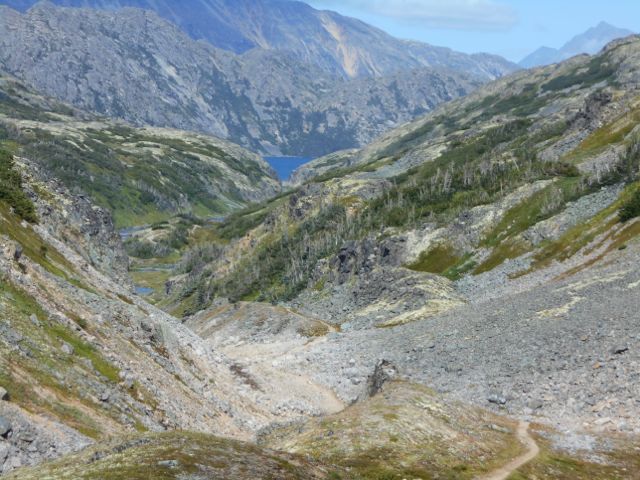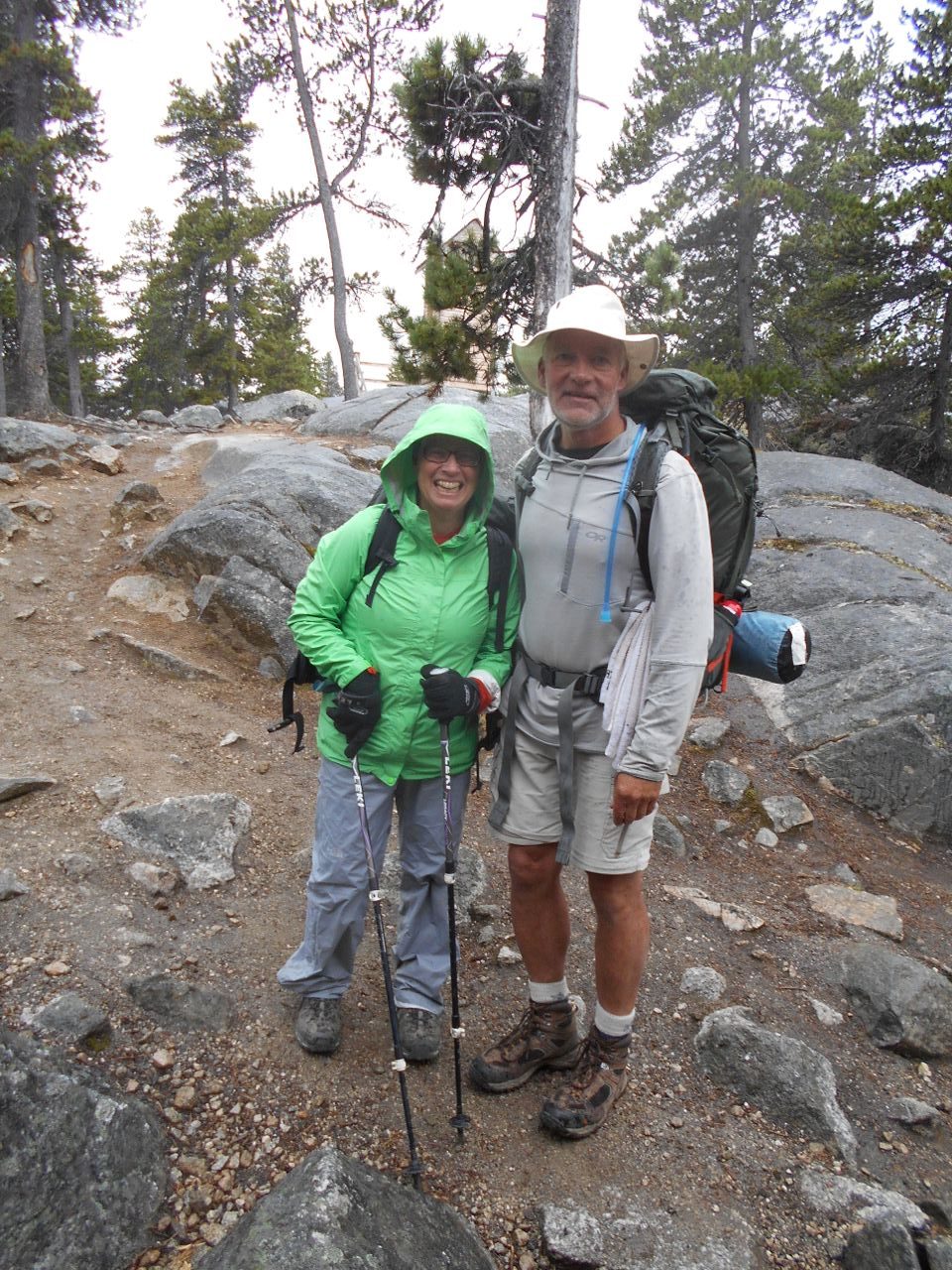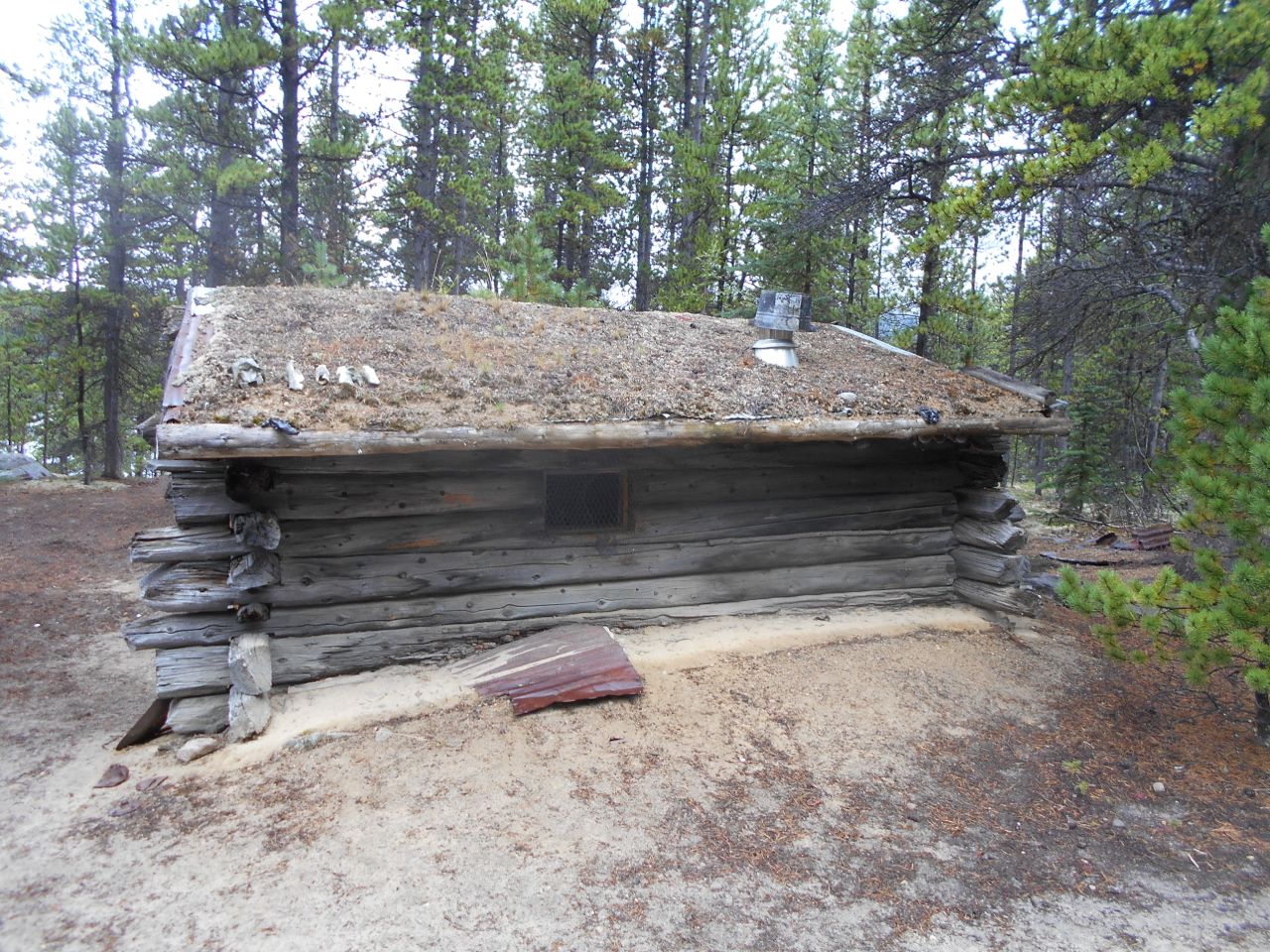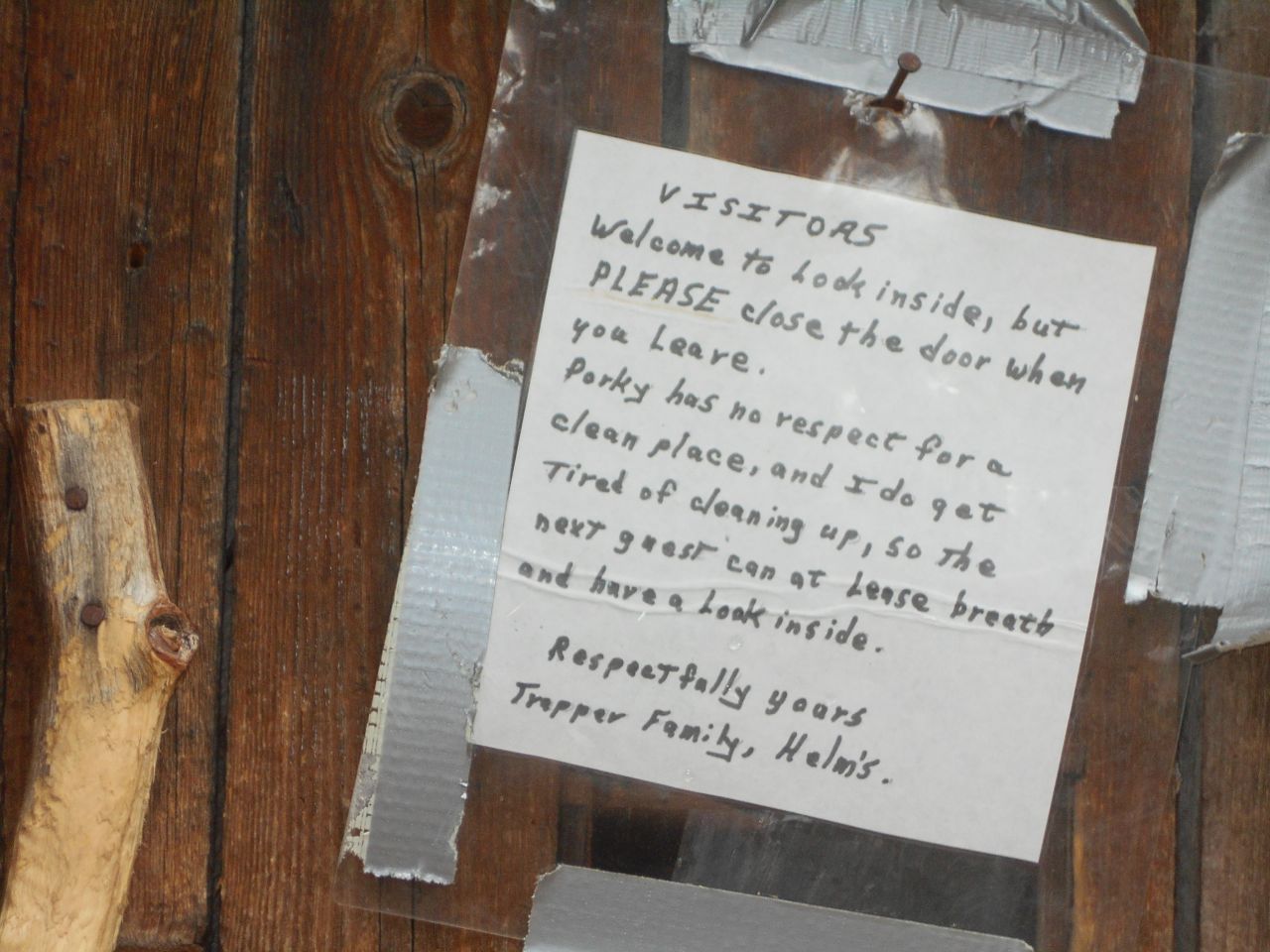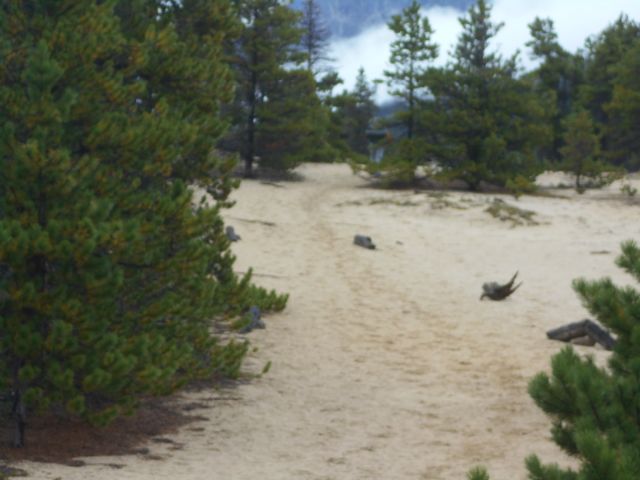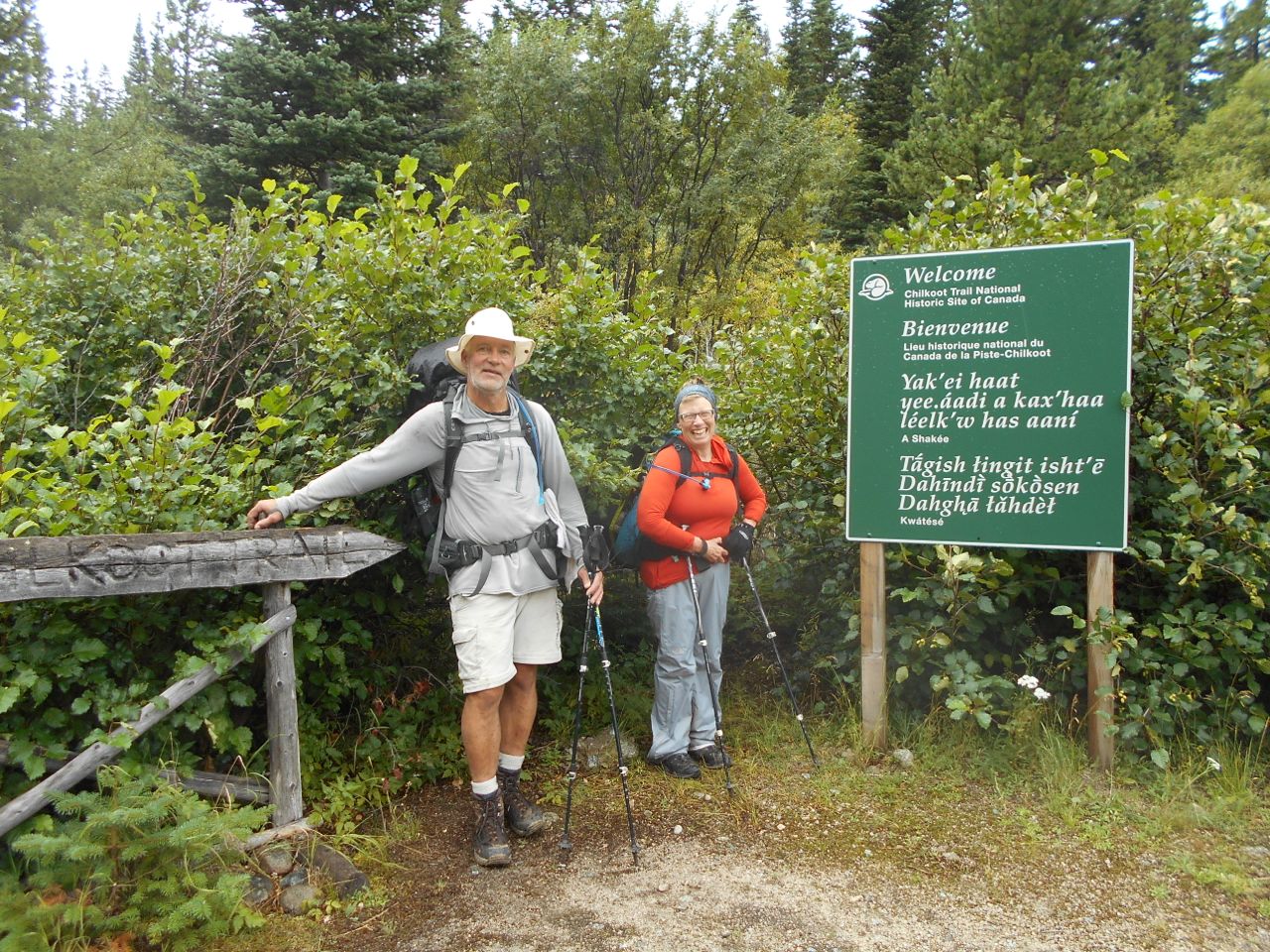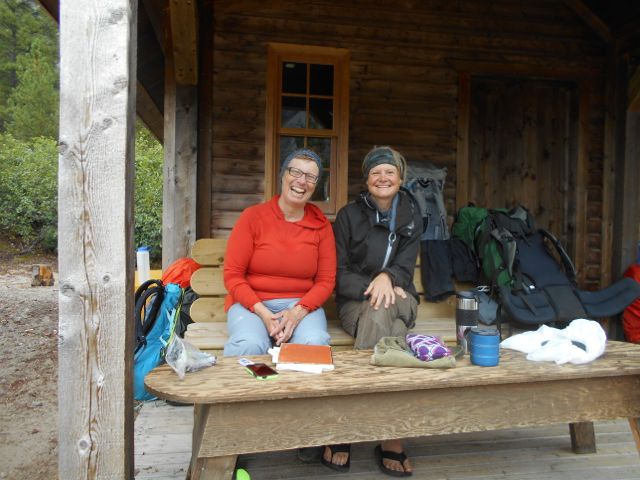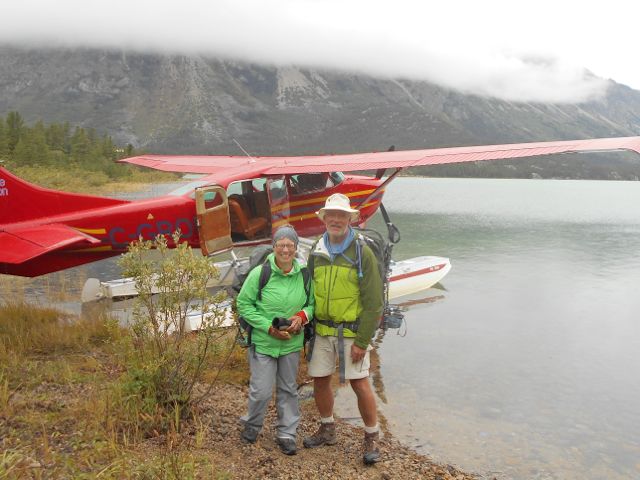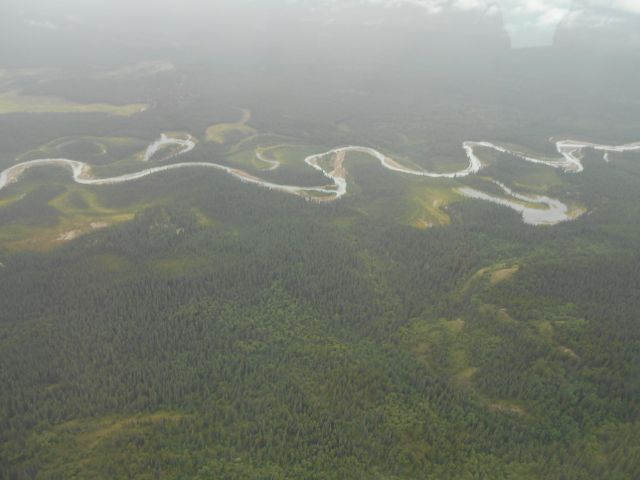
“Aspen Rhythms” by Patty Hawkins, textile artist, http://pattyhawkins.com
East of our farm, a particular aspen bluff caught my attention years ago when a neighbouring farmer tried to burn it down. He set the bluff on fire twice, and after the second time, it appeared the trees would not recover. I felt heartsick. I noticed yellow lady slippers growing beneath the trees. I wanted to write the landowner but an older neighbour told me that the trees would come back. The trees did recover in time and the farmer stopped trying to burn them down. It took three or four years, but those trees began to leaf out and thrive once again.
Recently, the land changed hands again. Last fall, when my daughter and I walked down the road we were in no way prepared for the sight of a bulldozer parked by this same grove of trees which were partially knocked down. We went and had a look. Our hearts were heavy. My daughter was taking auto mechanics – we halfheartedly joked that she now knew what she could do to stop this bulldozer in its tracks.
A few days later, the bulldozer finished its work. Piles of uprooted trees, roots and brush dotted this field, and other fields around it.
The next spring, some of the trees tried to leaf out, even though their roots were in the air.
Late this fall , my neighbour set the brush piles on fire. Gas was poured around the circumference of the trees, then lit on fire. Huge bonfires dotted the landscape. I cried as I walked that morning. When the tears subsided, I sang. Songs of lamentation.

“Aspen Seasons 1” Patty Hawkins, textile artist, http://pattyhawkins.com
Over the next few days, I visited each pile of smouldering trees and thanked them for their marvellous presence over the years, for all the animals and creatures and wild plants they had sheltered, for all the seasons they had lived through, for all of the life in their root systems which we could never see, for their beauty and their mystery and their steadiness.
A few days later, a larger semi truck arrived with a back hoes and a bulldozer. Large holes were dug in the earth and the trees were buried. The piles were gone. Not one wild spot was left on this field. It was as if the trees had never been there.
Each time I walk in that direction, I walk a circle around where these trees are. I feel their presence. The bulldozer missed some willows stalks in one of the tree graveyards. I urge them to grow. Willow doesn’t need much urging!
I wondered what to do. How to express my grief and distress in some way that mattered? How to speak out? It just so happened that the burning and bulldozing was taking place during the week of Donald Trump’s election win. I was feeling very aware of the “echo chambers” many of us live in, especially those of us who are active on social media.
For this reason, I decided to call my neighbour and talk to him directly. I wanted a respectful conversation. I wanted to tell him about my grief and distress. I didn’t expect my call to change him. He has invested hundred of thousands of dollars in equipment meant to alter the landscape. I wanted him to listen to how I felt. My call unnerved him I think, but we did have a respectful conversation. When I mentioned the lady slippers, he told me he hadn’t known they were there, that he had never visited that bluff of aspen. He told me it was better that I get this off my chest and not keep my feelings bottled up. He thanked me for sharing my thoughts as a neighbour. I invited him to hike with me the next spring, so he could see all the richness of life held in these aspen bluffs and wetlands.
I wrote a letter to our local newspaper. I am writing this post, a little more personal than the letter to the editor. I need to learn about the rules for cutting trees on Crown land which includes the road allowances. That will lead me to more conversations – with those we have elected to represent us.

“Aspen Solace” by Patty Hawkins, textile artist, http://pattyhawkins.com
I think about the beauty of aspens, a tree we so easily overlook. I recall building a sweat lodge with Melody McKellar and how we asked each aspen tree for permission before we chopped it down. How we offered tobacco as thanks. How we warmed up the trees by rubbing their trunks, so they would bend more easily as it was autumn, when their sap was flowing more slowly. How we bent them gradually so they would not snap. How it felt to work with the aspen, to get a feel for their flexibility. How the aspen protected and held us as we prayed and sweated and sang and drummed inside. I remember what the aspen taught me about the ability to bend yet remain strong.
My friend Shirley tells me that the word in French for chopping down trees is “abbatre”. It is related to the word “abbatoir” and literally means “to slaughter”, to “cut down”, “to fell”. It refers both to animals and trees. My friend Philip explains that as a ᓀᐦᐃᔭᐤ nêhiyaw (Cree man), he sees the trees as his relatives.
In contrast, in rural Saskatchewan, we use the term “cleaning up” to describe the act of removing aspen groves, bushes and wetlands. It is as if these wild lands are a larger version of “weeds” (defined as valueless plants growing where they are not wanted.) Those of us who live in the “aspen parkland” may feel as though there are aspen bluffs everywhere we look. In fact, the aspen parkland has seen a huge reduction of wild pockets of land (including both aspen bluffs, native grasslands and wetlands) in the last 40 years mostly due to the piecemeal removal I am writing about. A little bit here, a little bit there. It adds up.
Farmers, including my own farm family, have been altering the land since settlement. What has shifted is the scale and magnitude of the destruction of wild places as both farms and farm machinery get larger. What has also shifted is our collective fragility in the face of climate change, extreme weather, and other indicators of ecological vulnerability, such as declining bee populations.

“Winter Walk”, batik on silk by Cathi Beckel
What has not shifted is our attitude towards the earth. We continue to mistakenly believe that we are in charge, and do not understand how much we rely on Mother Earth. We often travel far distances to enjoy natural beauty and miss the beauty that is right down the road, or in the nearest coulee or ditch. Thankfully, there are still some farmers who take very seriously their responsibility to keep some wild spaces on their land. But, it is up to all of us to speak up about the “ecological deficit” that the removal of wild lands is leaving us with. We can all insist that governments create and enforce proper regulations. We can ask our governments to provide farmers with incentives and financial support to ensure that more wild lands are left intact.
Each trembling aspen tree removes up to 65.3 kilograms of carbon dioxide from the atmosphere during each year of its life.* Not only do their root systems help regulate water during flood or drought but they are an important refuge for the wild things, whether they be yellow lady slippers or other wild creatures.
We can begin by exploring the small stands of aspen to get to know the richness of life that they support.
These small pockets of wildness may save us.

“Colorado Gold” by Patty Hawkins, textile artist, http://pattyhawkins.com
I would like to thank Colorado textile artist Patty Hawkin for permission to use her beautiful images of aspen on this post. I am so grateful to have discovered her. Something artists can help us to do is see what is right in front of us in fresh ways. Thank you Patty for your exquisite responses to the aspen. Thanks also to Saskatchewan artist Cathi Beckel, whose love and stewardship for the earth around us is unflagging and inspiring. Her beautiful images in watercolour and batik always help me to see the world around me with new eyes. This post is a companion piece to Tree Hugger(1).
- +Trembling aspen do need to be controlled or removed sometimes – they are considered an invasive species in native grasslands for example.
- *https://www.fortwhyte.org/wp-content/uploads/2014/10/Planting_Trees.pdf




 For the most part, our work was outdoor physical labour. We used our handy sandvicks (pictured right) to chop down brush, small trees and to widen roads and trails. We had a particularly beautiful canoe trip where we worked on portage trails along the fast flowing Mattawa River.
For the most part, our work was outdoor physical labour. We used our handy sandvicks (pictured right) to chop down brush, small trees and to widen roads and trails. We had a particularly beautiful canoe trip where we worked on portage trails along the fast flowing Mattawa River.



 Paraphrased from pages 11, 12 . Vainamoinen the Wise Singer found seven precious seeds by the ocean but knew that they would germinate best in the forest. So he took his axe and he toiled, felling trees. At every stroke of the axe, the birds flew up and away. “If I clear all the forest, these birds will have no resting place. ” So he left a beech tree standing. An eagle flew down to ask him why he had spared the beech tree.”So that the birds may perch upon it. One must have a care for every need.” replied Vainamoinen.. The eagle said that because he had cared for the relatives, he would help him. The eagle produced flames and the cleared land (except the beech) was burned. Vainemionen took the seven precious seeds and planted them in seven furrows, calling on the Earth Mother to bless the sowing and to support and cherish each blade as it grew. He then asked Ukka to assemble the rainclouds and drive them above the field.
Paraphrased from pages 11, 12 . Vainamoinen the Wise Singer found seven precious seeds by the ocean but knew that they would germinate best in the forest. So he took his axe and he toiled, felling trees. At every stroke of the axe, the birds flew up and away. “If I clear all the forest, these birds will have no resting place. ” So he left a beech tree standing. An eagle flew down to ask him why he had spared the beech tree.”So that the birds may perch upon it. One must have a care for every need.” replied Vainamoinen.. The eagle said that because he had cared for the relatives, he would help him. The eagle produced flames and the cleared land (except the beech) was burned. Vainemionen took the seven precious seeds and planted them in seven furrows, calling on the Earth Mother to bless the sowing and to support and cherish each blade as it grew. He then asked Ukka to assemble the rainclouds and drive them above the field.

 Last fall, a landowner bulldozed a group of trees that I have come to know very well. Not only do yellow lady slippers bloom in the shelter of these beautiful aspen, but many other creatures find refuge there as well. This was just one of a group of aspen bluffs and low lying sloughs in this area that was bulldozed. A year later, the piles of brush were set on fire and left to burn for a few days, then buried under the ground. Walking past now, it looks as if there never were trees there.
Last fall, a landowner bulldozed a group of trees that I have come to know very well. Not only do yellow lady slippers bloom in the shelter of these beautiful aspen, but many other creatures find refuge there as well. This was just one of a group of aspen bluffs and low lying sloughs in this area that was bulldozed. A year later, the piles of brush were set on fire and left to burn for a few days, then buried under the ground. Walking past now, it looks as if there never were trees there. I urge landowners to think carefully before altering or destroying the natural landscape. The loss of these areas impoverishes us all.
I urge landowners to think carefully before altering or destroying the natural landscape. The loss of these areas impoverishes us all. 

 I am a frequent driver of Highway 22, but it took me several trips to turn onto Main Street Esterhazy to check it out. Imagine my delight to spot an art gallery –
I am a frequent driver of Highway 22, but it took me several trips to turn onto Main Street Esterhazy to check it out. Imagine my delight to spot an art gallery – In 2004, a friend invited her to come to art class with Ward Schell. Jocelyn uncharacteristically said yes instantly. Off she went. “It totally opened my eyes. I learned how to start a painting, I learned how do a painting, I learned how to make it look 3-D. I still have this first little grain elevator I painted. I show it to students now. That little grain elevator led to another painting, and another, and so on. I would finish a painting and go “Wow! Did I do that?” I was so very excited about painting. I just could not stop talking about the painting process to everyone I met.”
In 2004, a friend invited her to come to art class with Ward Schell. Jocelyn uncharacteristically said yes instantly. Off she went. “It totally opened my eyes. I learned how to start a painting, I learned how do a painting, I learned how to make it look 3-D. I still have this first little grain elevator I painted. I show it to students now. That little grain elevator led to another painting, and another, and so on. I would finish a painting and go “Wow! Did I do that?” I was so very excited about painting. I just could not stop talking about the painting process to everyone I met.” She gave up her job, did some renovating in her home and had a small gallery there as well as a place to teach. The first classes were in her former master bedroom. She found that learning to teach was the best possible education – she took classes, she learned about colour theory. She eventually began taking photos of her work step by step, so that she could show people her process. “I just get lost in the zone when I am painting, so until I did that I didn’t really know how to teach what I was doing.” There was a great hunger in Esterhazy for art classes – both for adults and children. Jocelyn’s home became too small and she tried out 2 different locations before moving to her present gallery space in 2014. Throughout it all, her husband Ken was “incredibly supportive.”
She gave up her job, did some renovating in her home and had a small gallery there as well as a place to teach. The first classes were in her former master bedroom. She found that learning to teach was the best possible education – she took classes, she learned about colour theory. She eventually began taking photos of her work step by step, so that she could show people her process. “I just get lost in the zone when I am painting, so until I did that I didn’t really know how to teach what I was doing.” There was a great hunger in Esterhazy for art classes – both for adults and children. Jocelyn’s home became too small and she tried out 2 different locations before moving to her present gallery space in 2014. Throughout it all, her husband Ken was “incredibly supportive.”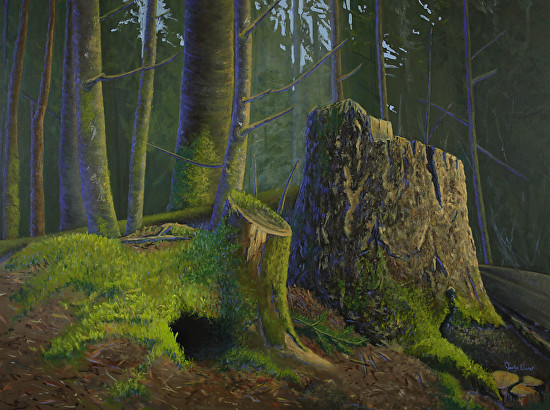
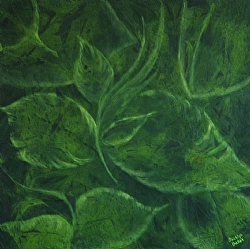





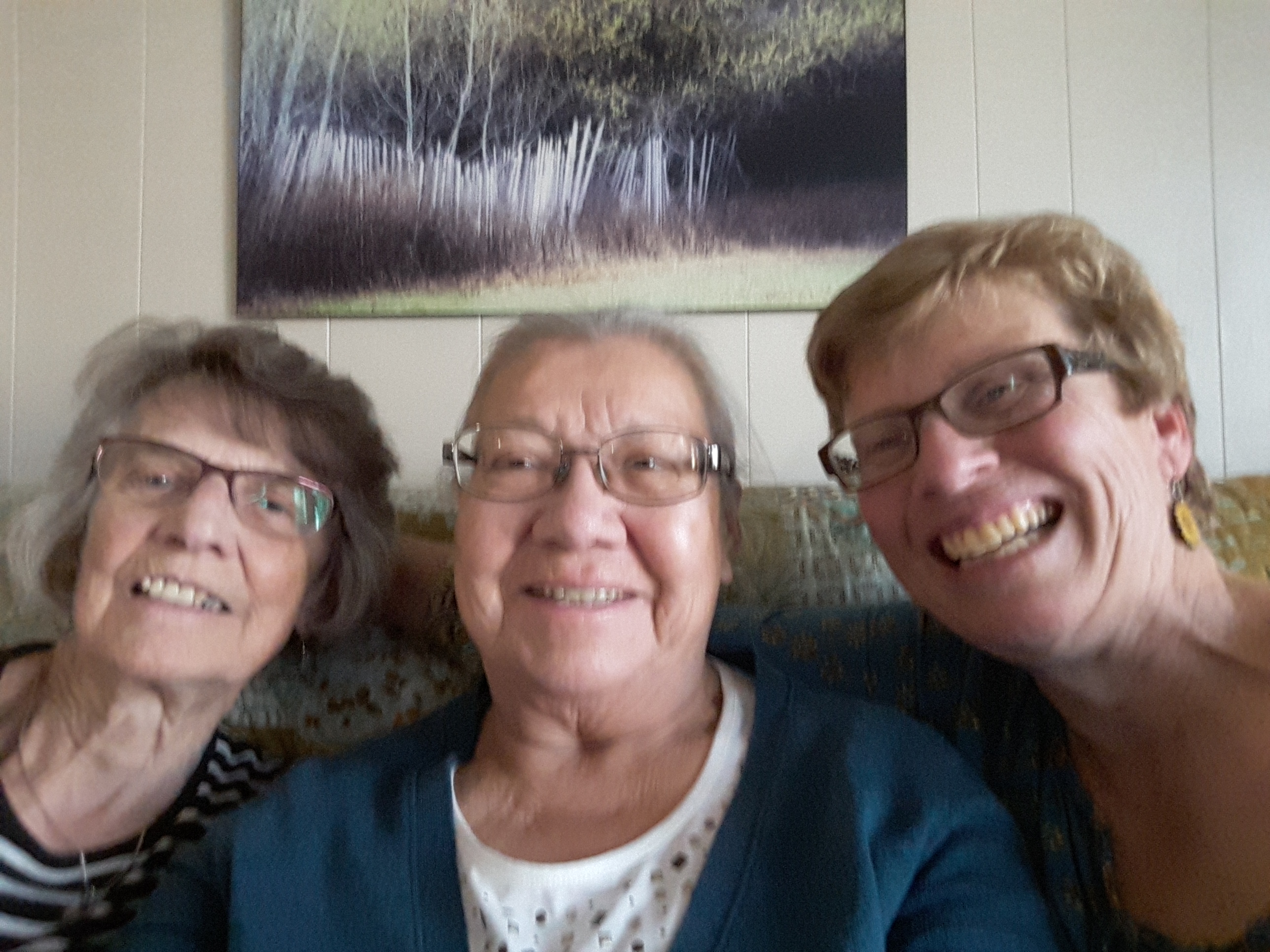

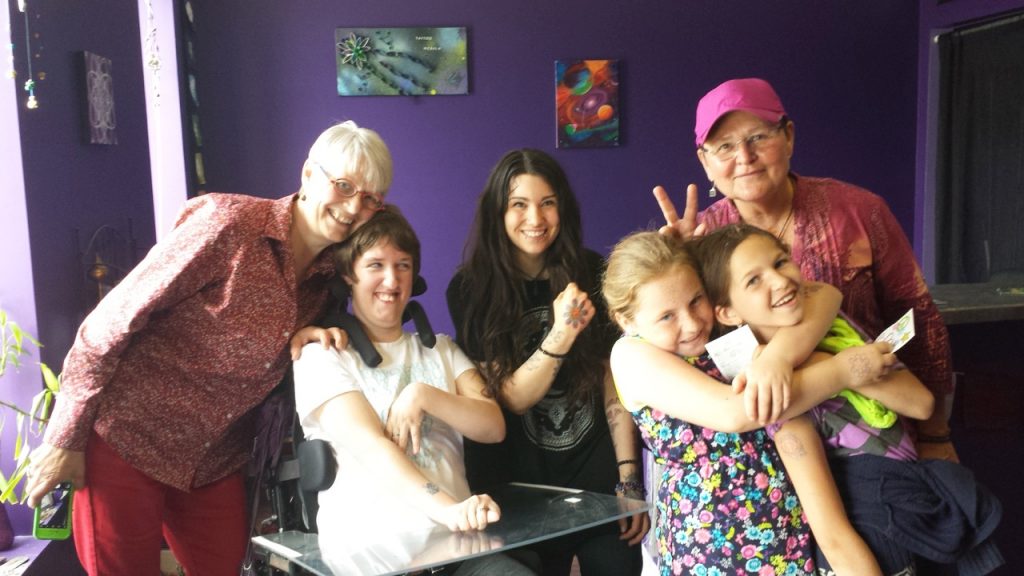



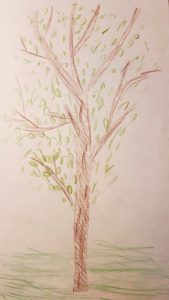
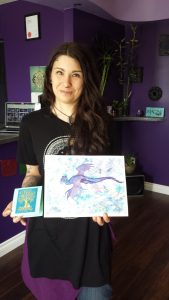
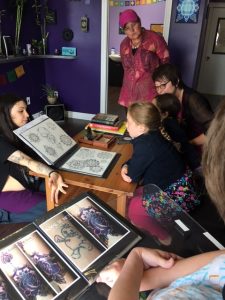
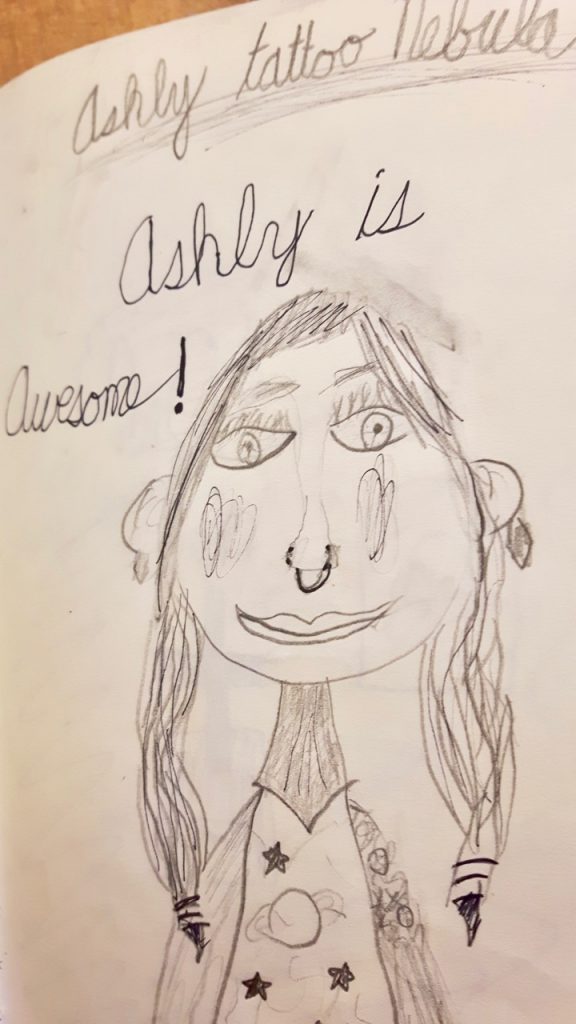
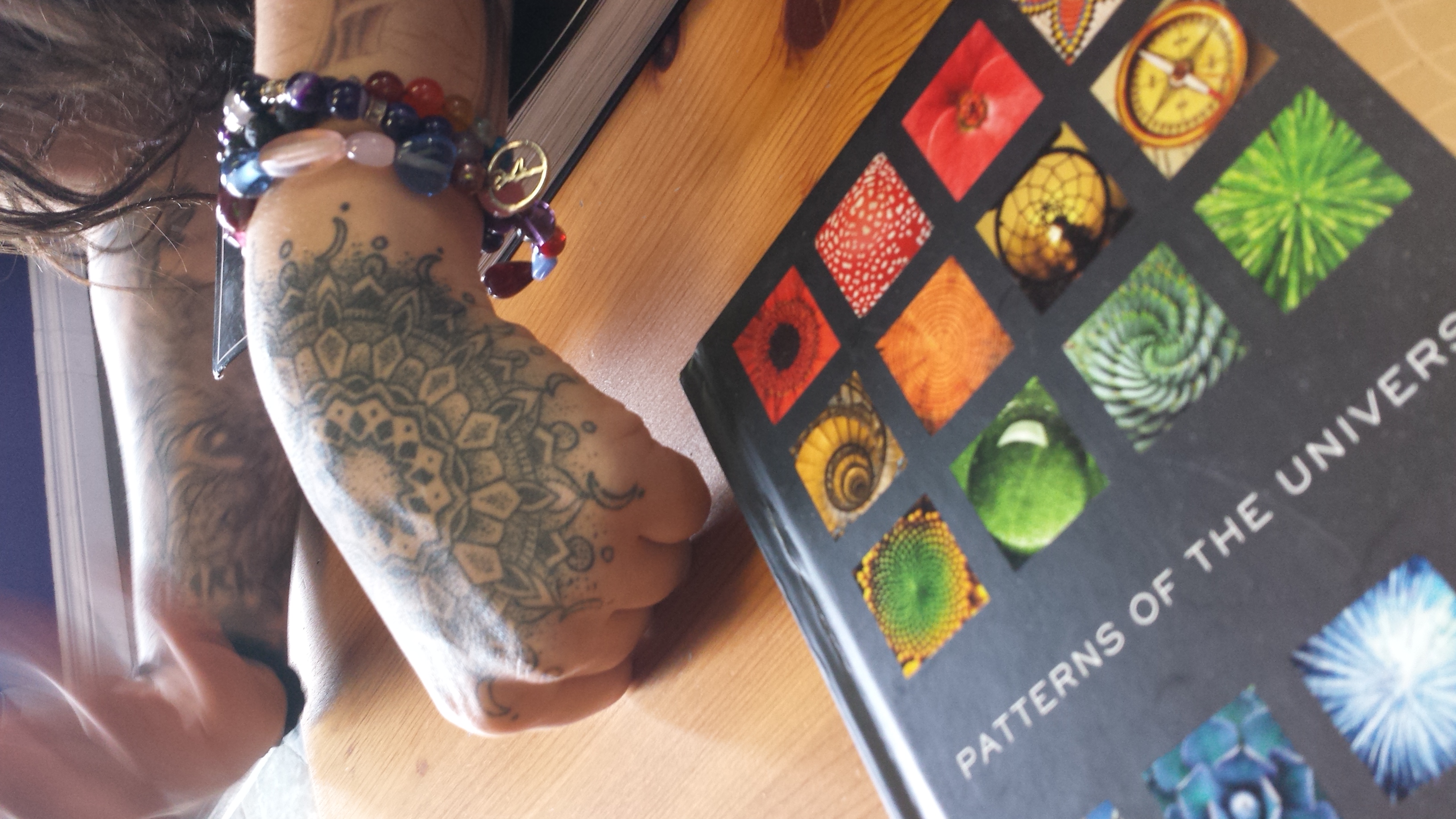


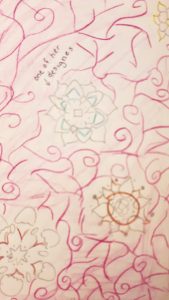
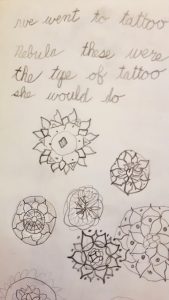


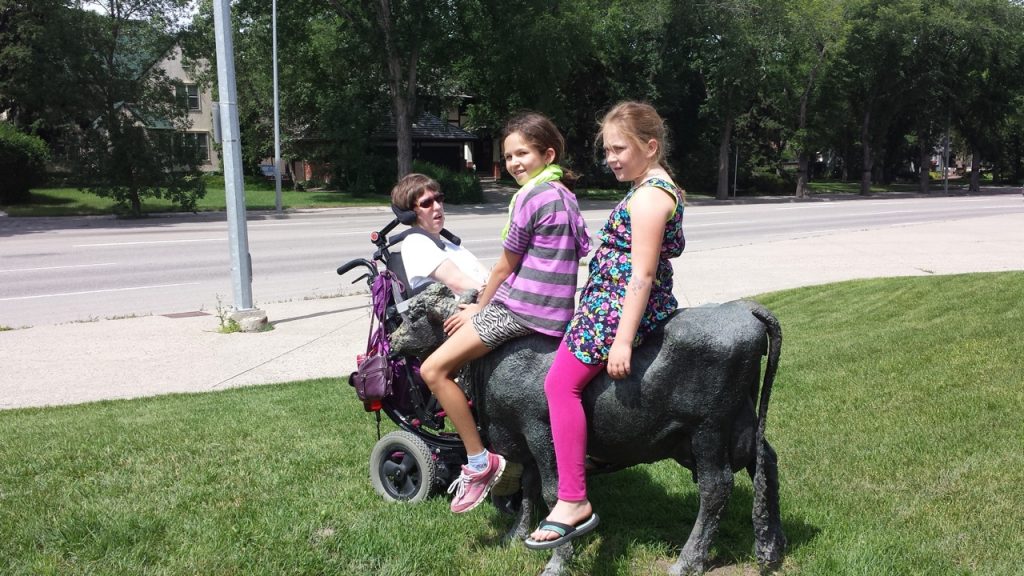





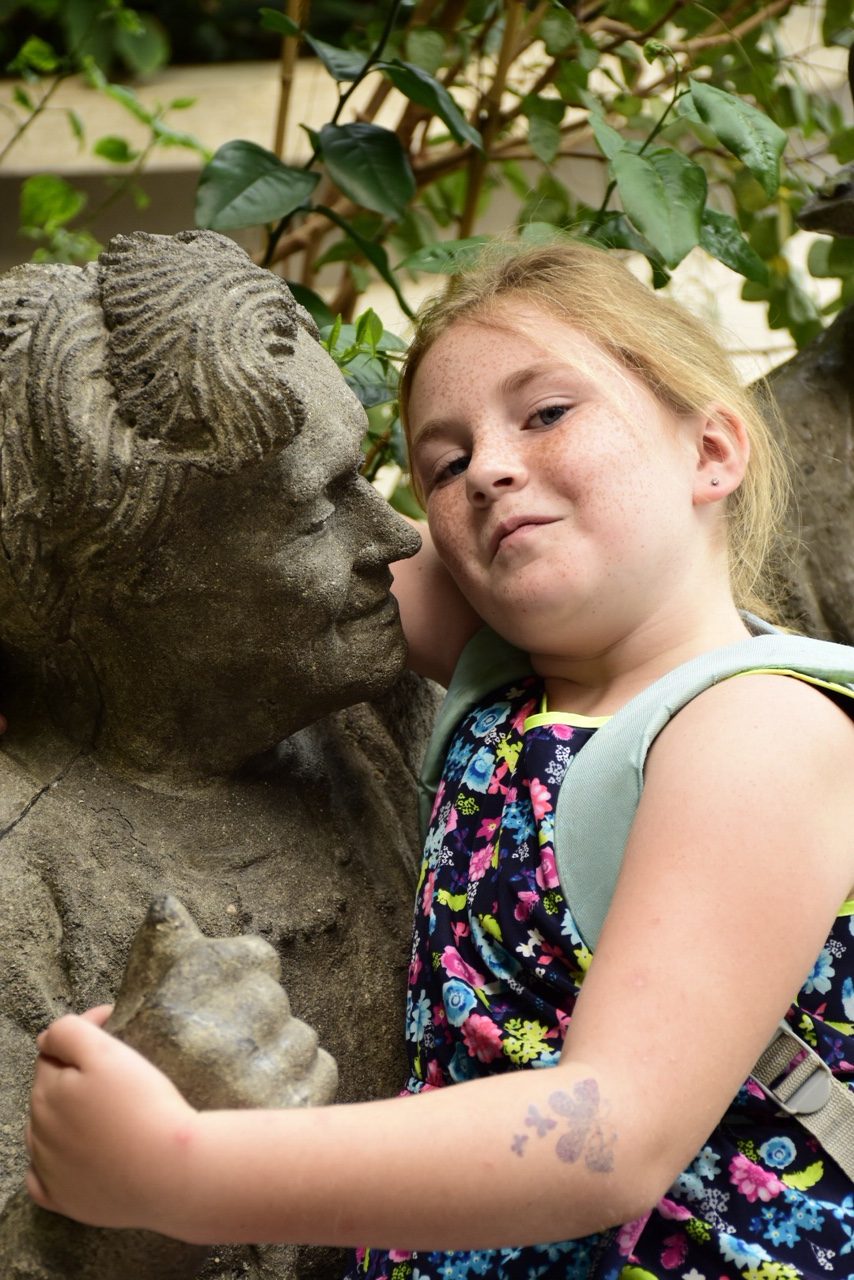


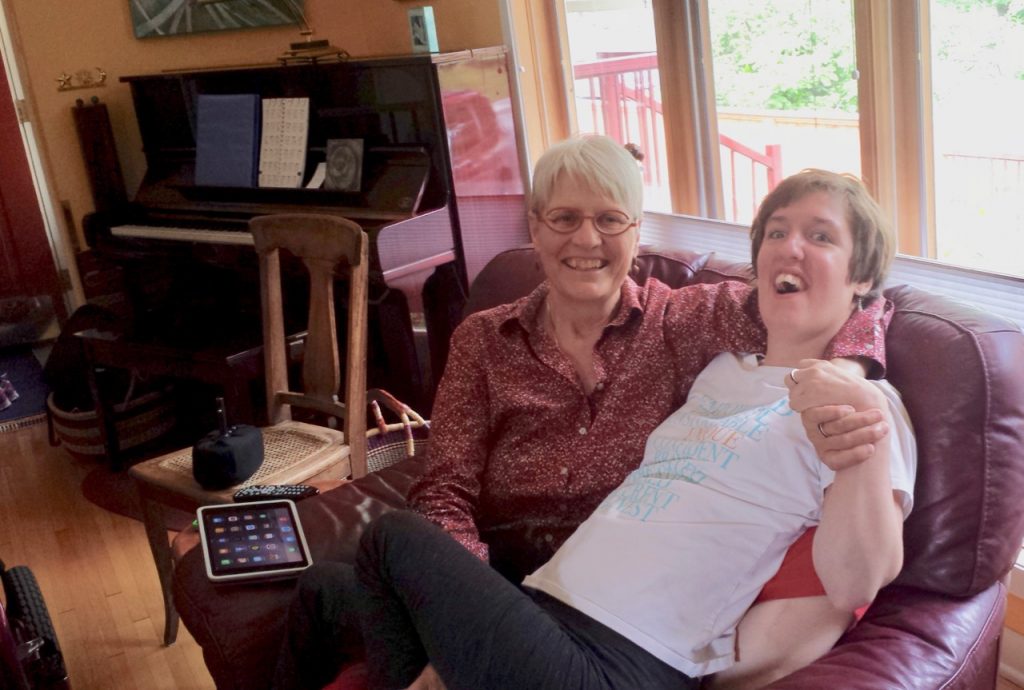
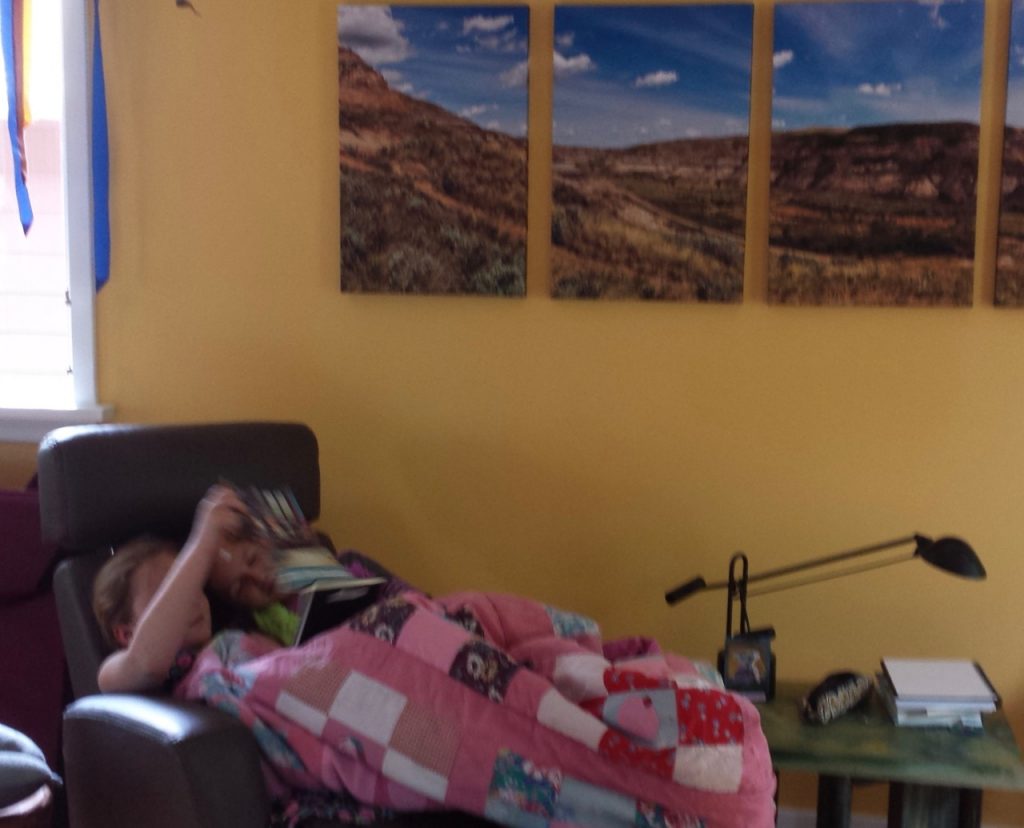










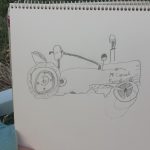
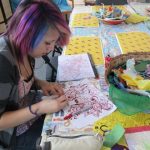
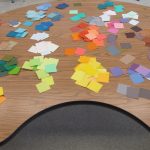


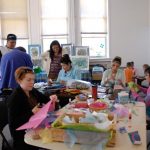 Creating art brings together the generations. As a parent, I remember dropping my kids off for their activities. I loved swimming lessons or going to the library or hiking because we could do these things as a family. Creating art is something all generations can enjoy doing together.
Creating art brings together the generations. As a parent, I remember dropping my kids off for their activities. I loved swimming lessons or going to the library or hiking because we could do these things as a family. Creating art is something all generations can enjoy doing together.
 Creating art is pure fun! Creating art has a wonderful element of play, so that even when we seem to just be “fooling around” or doodling, we are learning new skills and expanding the possibilities in our life.
Creating art is pure fun! Creating art has a wonderful element of play, so that even when we seem to just be “fooling around” or doodling, we are learning new skills and expanding the possibilities in our life.